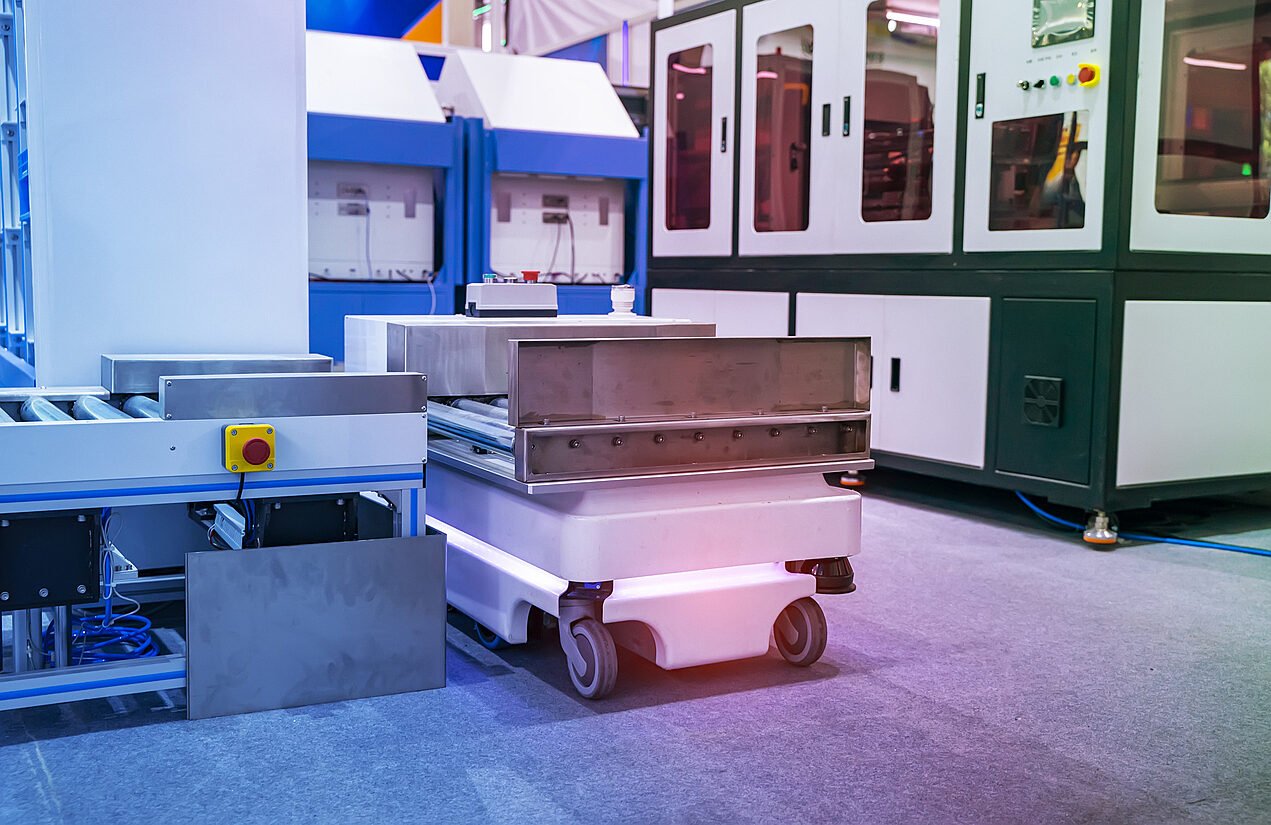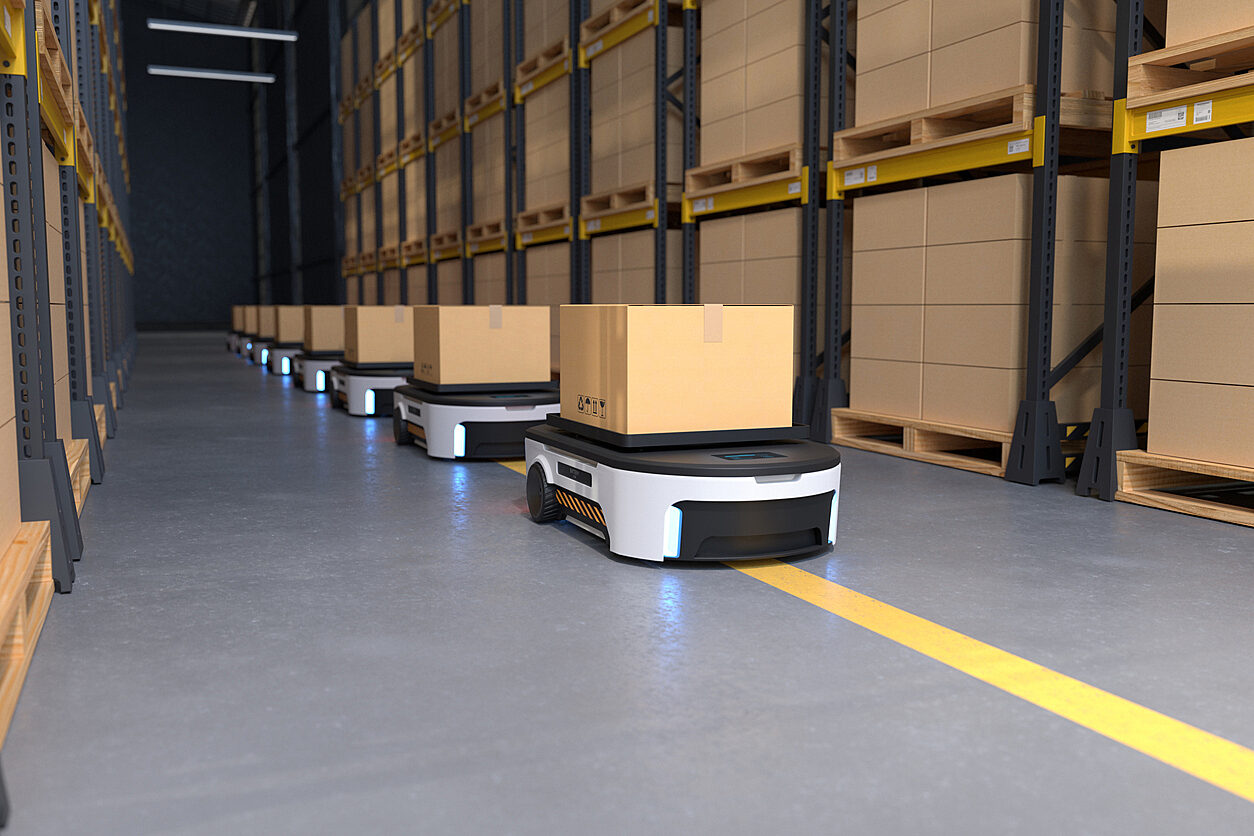Material Handling Carts and Their Applications: A Comprehensive Guide

Material handling carts are integral to the operations of many industries. From warehouses to healthcare facilities, these carts assist with a variety of tasks, like material handling, maintenance, and organization. Whether you’re a metal fabricator looking to expand your services or a production manager who needs help deciding what cart to order, this post has you covered. We’ll discuss the various types of material handling carts, their applications, and how the right casters are a key part of their performance.

What Are Material Handling Carts?
Material handling carts are designed and produced for integration into a single company’s (typically in a warehouse, distribution center, or manufacturing plant) specific operational system. Often customized to meet specific requirements and standards for the company’s needs, they can vary widely in size, shape, and purpose. Carts are used in industrial, commercial, and medical settings, helping to increase efficiency and productivity. With a better understanding of what a material handling cart is, let’s look at some of the different types.












